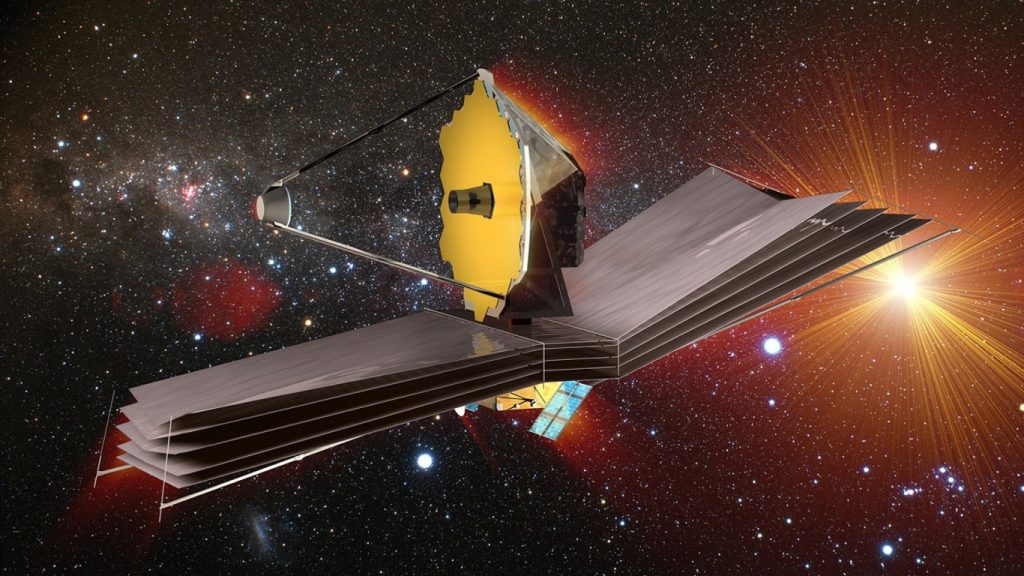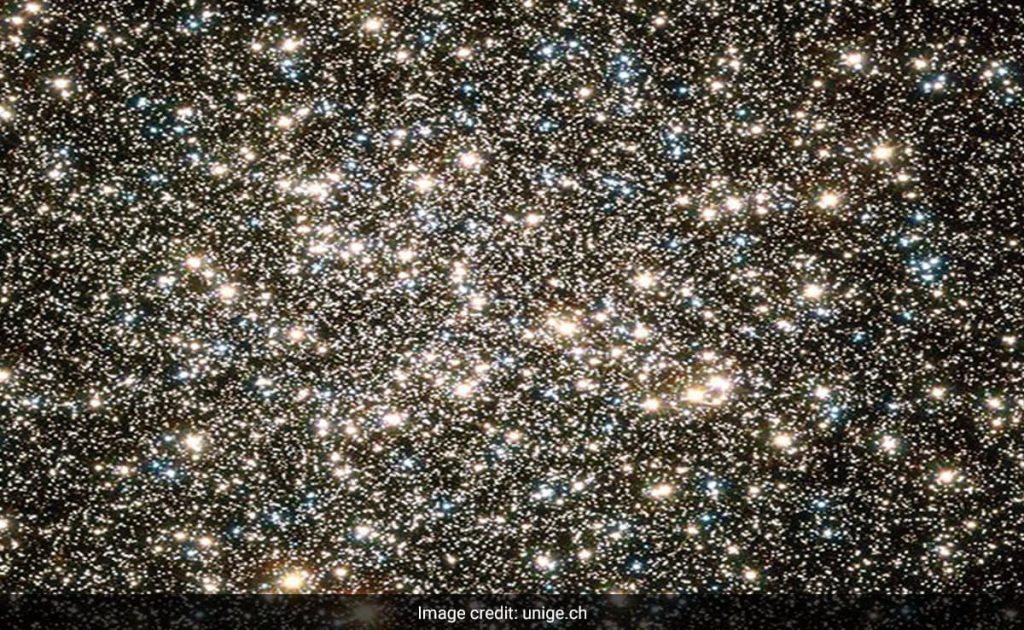The fact that millions of supermassive stars roughly 10,000 times the size of our Sun existed at the dawn of the universe was only a theory like all others which had not been proven or supported by any evidence, yet.
NASA’s James Webb Space Telescope (JWST) has just discovered this evidence in the form of colossal stars called, “celestial monsters” that existed just 440 million years after the Big Bang. This discovery could pave way for us to learn a lot about the early evolution of the cosmos.

“Today, thanks to the data collected by the James Webb Space Telescope, we believe we have found a first clue of the presence of these extraordinary stars,” lead study author Corinne Charbonnel explained who is an astronomy professor at the University of Geneva in Switzerland.
The team behind this groundbreaking discovery detected chemical traces of these colossal stars within globular clusters. Globular clusters are tightly bound groups of stars, often composed of millions of stars, and are exceptionally ancient.
To conduct their study, they directed James Webb’s infrared camera towards GN-z11, an incredibly distant and ancient galaxy located approximately 13.3 billion light-years away from Earth.
Through spectroscopy readings, which involve analyzing the emitted light frequencies of various chemicals, the researchers determined that the stars within the ancient cluster were surrounded by elevated levels of nitrogen.
“The strong presence of nitrogen can only be explained by the combustion of hydrogen at extremely high temperatures, which only the core of supermassive stars can reach,” Charbonnel explained.

Despite the fact that globular clusters formed around the same time, originating from the same dust and gas clouds around 13.4 billion years ago, they curiously contain stars with varying proportions of elements.
Scientists hypothesize that this disparity may be attributed to supermassive stars that burned their fuel at significantly higher temperatures, thereby generating heavier elements that eventually disseminated to the smaller, more prevalent stars observed in the present era.
Detecting these supermassive stars presents an arduous task due to their explosive demise in hypernovas, extraordinarily violent events that occurred a considerable time ago.
Although these massive stars radiated brightness up to 10,000 times greater than our Sun, their identification remains a considerable challenge.
“Globular clusters are between 10 and 13 billion years old, whereas the maximum lifespan of superstars is two million years. They, therefore, disappeared very early from the clusters that are currently observable. Only indirect traces remain,” co-author Mark Gieles, a professor of astrophysics at the University of Barcelona, said in the statement.


